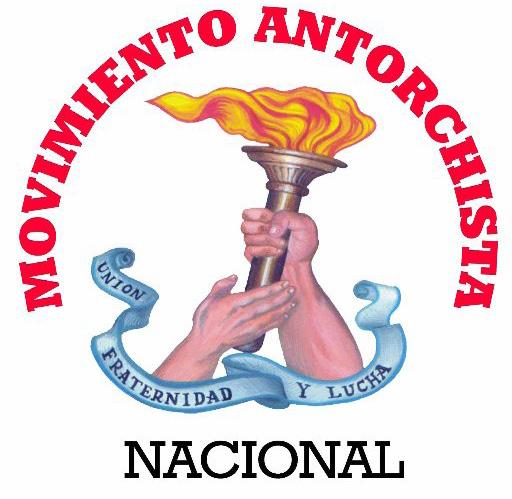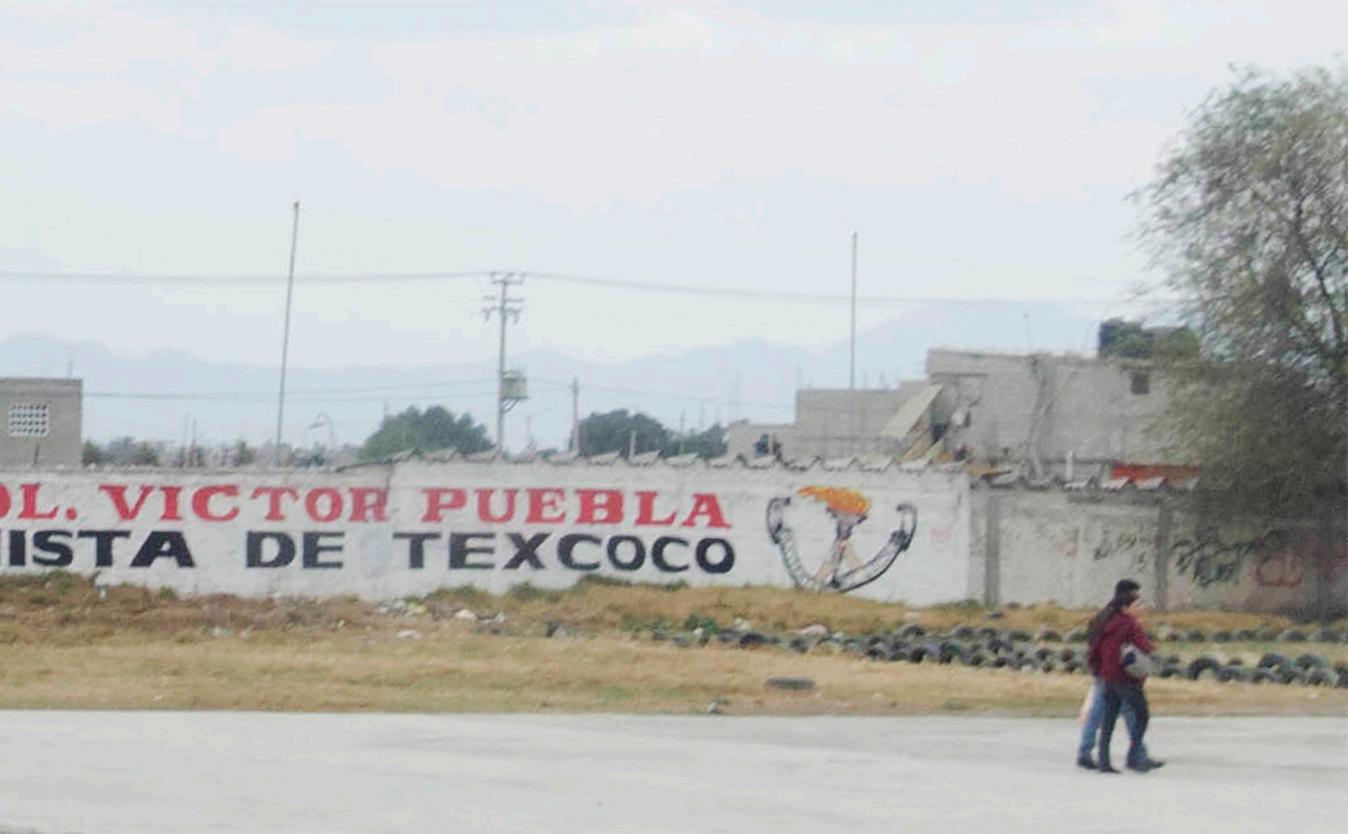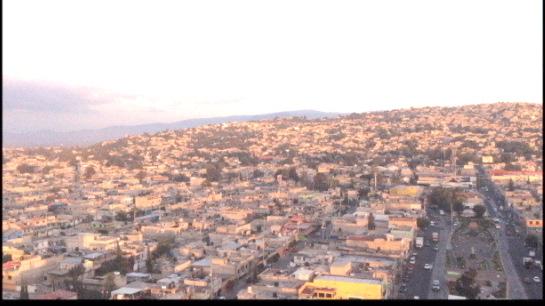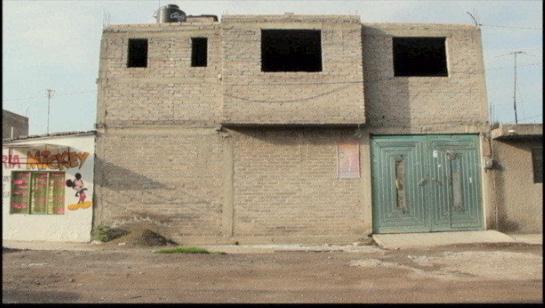

非常规 | ILLEGAL / 非正式 | INFORMAL
/ 非法域
|
IRREGULAR:
墨西哥城大都市区城市土地的生产 The production of Urban Land in the Mexico City Metropolitan Area
参与人 | Credits
作者 | Authors:
Maria Arquero de Alarcon and McLain Clutter, Taubman College University of Michigan
主要研究与设计人员 | Main research-design collaborator : Nishant Mittal
调研助理 | Research Assistants :
Pedro Duhart Benavides (lead) with Michael Avidon, Mario Daniel Avila Salazar, Olaia Chivite Amigo, Erika Linenfelser, Dhara Mittal, Jiushuai Zhang
特别感谢 | Special Thanks to : Professor Jeffrey Parsons (who generously shared the historical archival photographies from his archeological expeditions dated on 1938, 1991, 1998, 2002) and Architect Arturo Ortiz Struck (who accompanied the initial conversations around this project)
來源 | Sources :
Fondo Aerofotográfico Acervo Histórico Fundación ICA, A.C + Google Earth + Instituto Nacional de Estadística y Geografía (INEGI)
密歇根大学调研办公室, 塔布曼建筑与规划学院,以及密歇根/梅隆关于平等 主义与大都会的研究项目对我们所提供的大力支持与帮助 | All made possible with the generous support of the University of Michigan through the Office of Research, Taubman College of Architecture and Urban Planning, and The Michigan / Mellon Project on Egalitarianism and the Metropolis
CHIMALHUACÁN
非常规 |
非正式
ILLEGAL /
| INFORMAL / 非法域 | IRREGULAR:
墨西哥城大都市区城市土地的生产 The production of Urban Land in the Mexico City Metropolitan Area
奇马尔瓦坎 位于墨西哥城东部,部分建于已 干涸的特斯科科湖床,共计有超过60万居民聚居 于此。项目再现了奇马尔瓦坎独特的城市社会、空
间、政治条件下形成的非常规的聚集形式,这种非 常规的发展模式是一种流行于墨西哥城大都市区,
针对贫困人口提供住房和公共服务的土地利用机 制。在过去的40年,随着墨西哥城的后工业化发展
及围绕首都周边的集中化建设,这种发展模式得到 大面积推广。伴随着快速城市化的,是城市中心缺 少廉价的住宅用地,城市缺少有效的住房政策及保 障体系,同时有约35%的人口从事非正式工作,逐 渐在墨西哥城外围,形成一圈厚厚的“贫困地带”
。以奇马尔瓦坎为例,我们认为这种看似非正式的 发展事实上是经过精心规划的。一个具有政治动机
This project documents the unique spatial, social, and political structures enabling irregular settlements in Chimalhuacán, a municipality of more than 600,000 residents partially built in the desiccated Texcoco Lakebed, to the east of Mexico City. The development of irregular settlements is the most pervasive mechanism of land acquisition, housing provision, and service delivery for the poor in the Mexico City metropolitan area. The massive proliferation of this type of development in the last 40 years responds to the late industrialization of Mexico and the centralization of most production around the capital.
Together with the rapid urbanization, the scarcity of affordable residential land in the urban core and the absence of effective mechanisms for housing the approximately 35% of the population working outside of the formal economy has generated a thick “cinturón de la


的社会组织主导了这里的规划,在一系列社会、政 治和空间控制手段下,奇马尔瓦坎逐渐变成一个边 缘化的存在。当政府不能通过有效的政策为日益增 长的贫困人口提供住房时,这一组织则通过抢占闲 置土地开始城市建设,建设过程通常伴随无视即有
产权、无视城市管控要求和无视生态环境价值 的现 象。
我们的研究详细考察了一个叫做Antorcha
Campesina的组织的建设提案,该组织与墨西哥 革命制度党(PRI)有紧密的政治联系,这与其为 非正式城市居民提供住房和社会服务有关。我们 认
为奇马尔瓦坎的发展是一种有计划的复杂的发展模 式,一种化整为零,将城市分散成一群相互独立飞
地的发展策略。每个飞地作为独立的控制单元,将 城市分割为统计学上抽象的人口单元,试图抑制与
miseria” (misery belt) surrounding Mexico City. Focusing on Chimalhuacán, our contention is that this ostensibly informal development is in fact carefully planned and executed as a means of social, political, and spatial control of disenfranchised populations by politically motivated "social organizations." In the absence of effective governmental policies to provide housing for the expanding population of the urban poor, these organizations seize unoccupied land, often in disregard of existing ownership, environmental or regulatory structures.
Our research specifically tracks initiatives sponsored by the social organization Antorcha Campesina, a group with strong political ties to the Partido Revolucionario Institucional (PRI) that is involved in the provision of housing and social services to informal dwellers. We contend that Chimalhuacán’s spatial politics have ensued through intricately designed patterns of development
控制集体意识。在奇马尔瓦坎,飞地的发展模式, 遵循像计算机一样的程序主义不断重复、镜像、镶 嵌,形成扩张的程序语言,一种脚本化的控制、抢 占、城市化、再复制的人口管理策略。通过解析奇 马尔瓦坎的发展历程,项目试图可视化这种程序策 略,揭示程序策略优化的可能性,以及激发批判性 的审视。





and service provision intended to segment the municipality into a cluster of mutually exclusive enclaves. Each enclave is a unit of control, dividing the municipality into statistical abstractions of population in order to suppress collective consciousness. In Chimalhuacán, patterns of enclave development repeat, mirror, and tessellate with quasi-computation proceduralism, constituting a program of expansion and population management scripted to control, occupy, urbanize, and repeat.
By parsing Chimalhuacán’s development over time, the project renders these strategies visible and reveals the potential for ameliorative future design to instigate critical awareness.













在奇马尔瓦坎穿行并不容易,这是一个拥有60万居 民的行政区,位于墨西哥城以东并与之接壤,隶属 于另一行政州。奇马尔瓦坎部分建于已干涸的特斯 科科湖床,呈现出一种雷同单调的城市蔓延模式。
相似的时常拥堵的街道,临时的路障,满是行人的
露天集市以及装点着政治标语的载人三轮车。没有 尽头的街道网格两侧是简陋的两三层混凝土框架建
筑,住宅和商业充斥其中。满墙的色彩、涂鸦与标
识,被卫星天线和屋顶水塔占领的天际线,叠置在 一起呈现出一种连续性,一种微弱的提示,一种对
混凝土城市景观的调和与释放。即便在宽街或主干 道,你也很难识别出传统城市的等级符号。在行人
视角,商业建筑与住宅基本没有差别,学校和公共 建筑则隐退在不明不白的混凝土墙后。
There is no easy way to move through Chimalhuacán, a municipality of more than 600,000 residents to the east of Mexico City, in the contiguous State of Mexico. Built in the bed of the desiccated Lake Texcoco, Chimalhuacán is a sprawling urbanism of sameness – self-similar streets, often choked with traffic, filled with tianguis, pedestrians, motorcycle rickshaws adorned with political symbols, and the occasional roadblock. It’s a seemingly endless grid lined by two and three-story concrete frames swollen with housing and commerce. Fields of paint, signs, graffiti, satellite dishes and water tanks are overlaid to create a kind of gently pulsing seriality; a shallow relief of modulating urban stuff. Boulevards and arterial roads notwithstanding, one is hard-pressed to pick out the signals of conventional urban hierarchy.
From the ground, commercial structures look more or less like houses; schools and institutions recede behind non-descript concrete walls.
















































这个区域有着所有被称为“非正式性”的城市元 素。但更准确的说,奇马尔瓦坎是墨西哥一种典型 的“非常规”发展模式。和遍布南半球及其他拉丁
美洲国家的非正式发展相似,奇马尔瓦坎是在没有 合法土地权属和公共服务的情况下,独立于政府规
范管理而建设的。然而,像奇马尔瓦坎这样的非常 规聚居地绝不是非正式的。相反,它是一整套精确
而非法的土地占取,领域控制和都市发展策略,它 在缺少充足政府援助的情况下出现,满足了低收入 劳工阶层的居住与生活需求。

The municipality exhibits all the markers of what is often called “informality.” More precisely, Chimalhuacán is an example of a form of development labeled “irregular” in the Mexican context. Indeed, like informal development throughout the global south and other Latin American geographies, Chimalhuacán was built without land title and public services, and outside of normative government regulation. However, irregular settlements like Chimalhuacán are in no way informal. Rather, they are the product of precise and illicit strategies of land seizure, territorial control and urban development that have emerged to fulfill the needs of Mexico’s working poor in the absence of adequate governmental assistance.

这种非常规的发展并不仅仅是作为对居住需求的回 应而出现,也并非是居民的集体意志的产物。他们 并不是自下而上或自然出现,而是经过策略性的 规划与协商。这种非常规聚居地的出现与巩固过 程需要有广泛影响力的非政府社会组织(Asociaciones Civiles)的参与,他们又通常与国家政治 党派有紧密联系。这些社会组织出现于1970年代, 主要目的即是争取作为基本人权的庇护所的供给。
经年累月,他们的实践已经系统化并兴盛,在政府 援助缺席的情况下满足低收入劳工阶层居住与生活 需求。
Irregular developments do not materialize merely as a response to housing demand, nor through the collective volition of the residents. They are not “bottom-up” or “emergent,” but strategically planned and negotiated. The processes that enable the emergence and consolidation of irregular settlements entail the involvement of powerful non- governmental “social organizations” – or Asociaciones Civiles – with strong ties to national political parties. Asociaciones Civiles emerged in the 1970s to fight for the provision of shelter as a basic human right. Over time their practices have systematized and flourished to fulfill the needs of Mexico’s working poor in the absence of adequate governmental assistance.

这些社会组织通过有组织的侵占,获取空置的公共 或私人土地,通常伴随无视现状权属和管制规定, 继而在获取的领域内引入定居建筑。一旦锁定侵占
范围并细分土地,他们组织付费来强化对占取土地
的紧密控制权,然后逐步着手提供基本服务与设 施,并最终为这些非常规居民锁定土地所有权。在 整个过程中,这些非常规的居民有义务为社会组织
所结盟的政治党派投票和活动。这样,非正式的城 市化展现为一种清晰的机器政治技术,即利用空间 供给操纵政治选举,以达到维持既有统治的目的。


Social organizations seize unoccupied public and private land through organized invasions, often in disregard of existing ownership or regulatory structures, inviting settlement in the seized territory. Once they secure the perimeter and divide the land, they hold tight control of the regime of land occupation through organized payments. Over time these organizations wage long battles for the delivery of basic services and utilities, and eventually secure land tenure for the dwellers of these irregular settlements. All the while, irregular settlement dwellers are obligated to vote and mobilize for the political party to which the social organization is aligned. In this way informal urbanization becomes an explicit technique of machine politics – of whipping the vote – in order to maintain control by the ruling party.


尽管奇马尔瓦坎的定居史可以追述至殖民时代,但 仅仅地势较高的部分是历史建成的,今天能看到的 大部分都是建在已干涸的特斯科科湖床。这些低地 势的土地比原始聚居地安置了更多的居民,并且是 经由上述土地占用程序建成的(侵占,建设,基础 设施的提供,维持与最终合法化),一个叫火炬运
动(Movimiento Antorchista)的社会组织领导 了地区发展。



Although the settlement of Chimalhuacán predates the colonial times, only the areas in the higher elevation ground were historically occupied, as much of what Chimalhuacán is today lies in the former bed of the Texcoco Lake. Those low lands today house more population than the original settlement area, and have been primarily developed through regular processes of land occupation (invasion, construction, provision of basic infrastructures and last, regularization) led by the social organization Movimiento Antorchista.




如上所述,明确的政治控制与驱动下的城市化提示 我们反思奇马尔瓦坎的非正式性,城市肌理的表面 同质性与等级缺失至多只是一种假象。行人视角的 城市体验并不能帮助我们识别这种假象,通过二维 平面或鸟瞰图、基于地图的GIS客观分析等手段方 能展示奇马尔瓦坎的设计与发展策略。 鸟瞰视角以及航拍图中的马赛克街区使得我们能够
追述最初人们对于干涸湖床的占领,及其充满进步 的都市化过程。通过这些视觉线索,我们得以窥视 今天奇马尔瓦坎这些都市飞地,或者说同质性城市 肌理的形成历程。




1980s

1990s


2010s

Just as the received notion of Chimalhuacán informality is refuted by reflection on the precise political control motivating its urbanization, the apparent homogeneity and lack of hierarchy of its urban fabric is specious at best. Such an assertion cannot be defended based on one’s ground-level experience of the municipality. Only from above – from the aerial view or through the 2 D plan, objective, analytical GIS-based cartographic vision – do the design strategies through which Chimalhuacán has developed become visible.
Vertical aerials, mosaics and bird-eye views enable to trace back the initial human occupations in the Lake bed, and the progressive urbanization over time. Through these visual cues, it is possible to trace back the formation of enclaves in the otherwise homogeneous urban fabric of today´s Chimalhuacán.


The homogeneity so vivid from one’s ground experience emerges as the patterns of enclave development repeat, mirror, and tessellate with quasi-computation proceduralism – a program of expansion and population management scripted to occupy, urbanize, control, and repeat.
By parsing Chimalhuacán from above, the details of this program can be described.

地表的同质性经验是如此生动,以至于这种同质性 表现为一种可复制、镜像、嵌套的飞地发展模式, 一种半计算机化的程序主义,一种脚本化的占领、 都市化、控制、再复制的扩张程序及人口管理程 序。通过如上的语法分析,奇马尔瓦坎项目的内在 细节方能被描述。

理想城市
三个激进形态特征的社区揭示了意识形态的目标,通过追忆理想城市状态的历史模型 来促使其建造

围墙城市

一种抵御的原型, 围墙城市用一圈住宅和公共建筑制造一个围合区域以保护居民, 仅有的几个出入口大门由农民火炬的人把守。

岛屿城市

一种原本莫可名状的垦殖区,岛屿城市在它周围被界定为城市飞地(由干涸的湖床发 展而来)的十多年内一直在自己内部发展,此后的城市蔓延慢慢模糊飞地与岛屿的界 限,渐渐融为一体。

线性城市

住宅、商业、公共设施按一定规律重复出现在一条700米长,没有交叉口的街道两 侧。这种仿佛没有尽头的街道,呈现出一种激进的空间品质,排斥外来进入者以促进 一种专享的集体意识。
Ideal Cities
Three colonias in which radical morphological qualities reveal the ideological goals that motivated their construction by recalling historic models of ideal urban conditions.


An archetype of exclusion, the walled city secures inhabitants within a surrounding enclosure composed of residential and institutional buildings, and gated points of entry guarded by Antorcha Campesina officers.


An otherwise nondescript colonia, the Island City was developed in its entirety more than a decade before its surroundings as a precisely defined enclave of urbanism within the desiccated lake-bed. The spread of urbanization in the years following has camouflaged the enclave, as it now blends in with the surround colonias.


A 700-meter long street with no intersections in which patterns of residential, commercial, and civic amenity recur with regulated frequency along the length. The radical spatial quality of this seemingly endless street fosters an exclusive group mentality among residents while prohibiting entry by outsiders.

